
1.TEST PURPOSE
There are two kinds of clay and three kinds of bottom ash from Malaysia Company. After detecting the composition, prepare the green ball with different formulas. Calcine them at different temperatures to observe the porosity, strength change and expansion of LECA. Through many experiments, the appropriate formula and sintering temperature range are found out, so as to obtain qualified LECA. This test can help to conclude a reasonable calcination process flow and provide a reliable basis for the process engineering of industrial plant.
2.RAW MATERIAL
Raw Material 1: Clay① the received material is 0.1-10mm wet solid block(the block material is fragile after drying), light yellow and red color, and the detected moisture is 16.21%.
Raw Material 2: Clay② the received material is 0.1-10mm wet solid block (the block material is fragile after drying), light yellow color, and the detected moisture is 12.07%.
Raw Material 3: Bottom ash①the received material is 0.1-8mm wet solid block (the block material is hard after drying), gray color, and the detected moisture is 9.70%.
Raw Material 4: Bottom ash②the received material is 0.1-8mm wet solid block (the block material is hard after drying), gray color, relatively hard and the detected moisture is 10.22%.
Raw Material 5: Bottom ash③the received material is 0.1-8mm wet solid block (the block material is hard after drying),and the detected moisture is 7.03%.
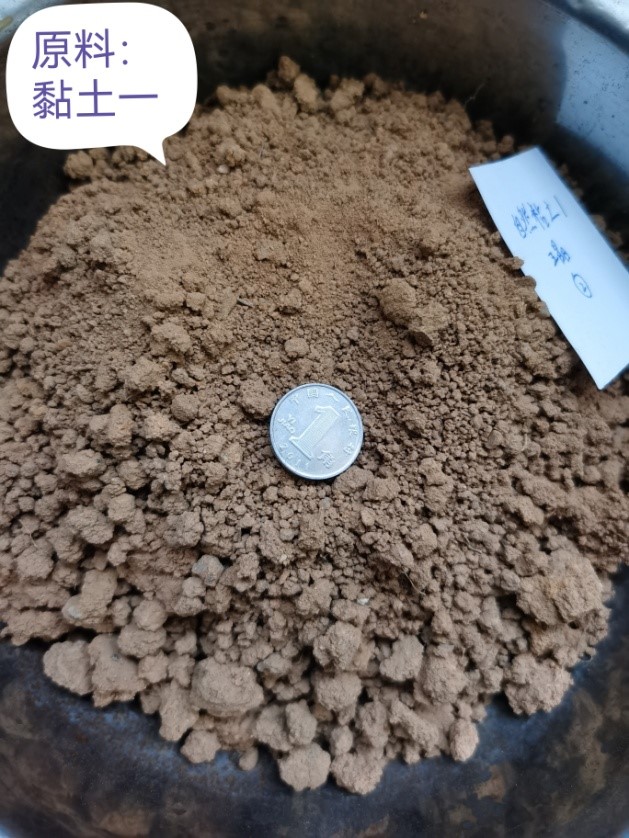
Image 1 Clay① status
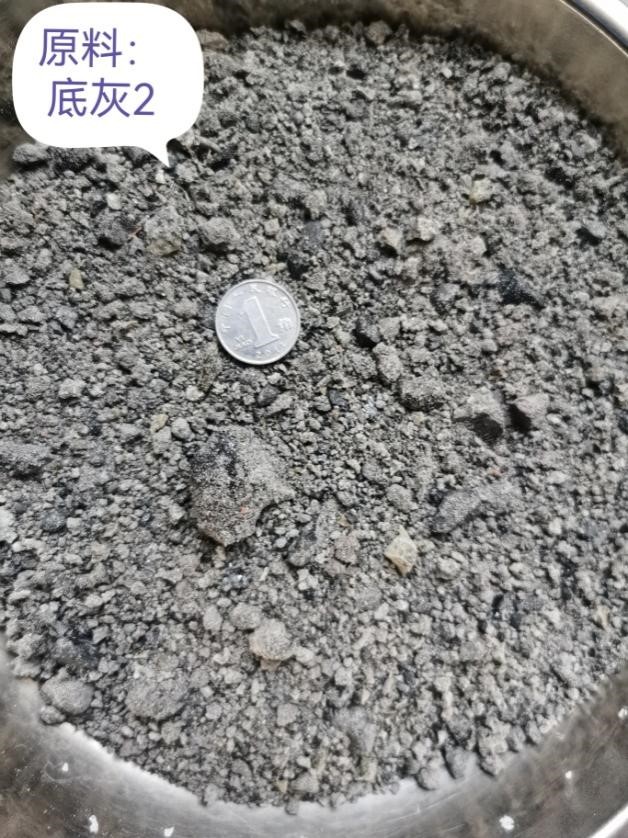
Image 2 Bottom ash②status
Remarks: The particle size of clay and bottom ash is similar. The pictures above of the two raw materials are after drying.
3.TEST PROPOSAL
According to the composition analysis results, the content of clay ① and clay ② are relatively similar, the content of bottom ash ① and bottom ash ③ are relatively similar. By choosing any one, we make out the following six formulas:
The raw materials in the six formulas are dried and ground (the fineness of clay after grinding is 200 mesh, the passing rate is 28.79%, and the fineness of bottom ash after grinding is 200 mesh, the passing rate is 53.96%).
As the testing procedure, we make batching, mixing(the mixing equipment is a 2-liter horizontal tank type ball mill. The mixting period is 2 hours.), manual granulation, drying, muffle furnace calcination and other procedure to make LECA.
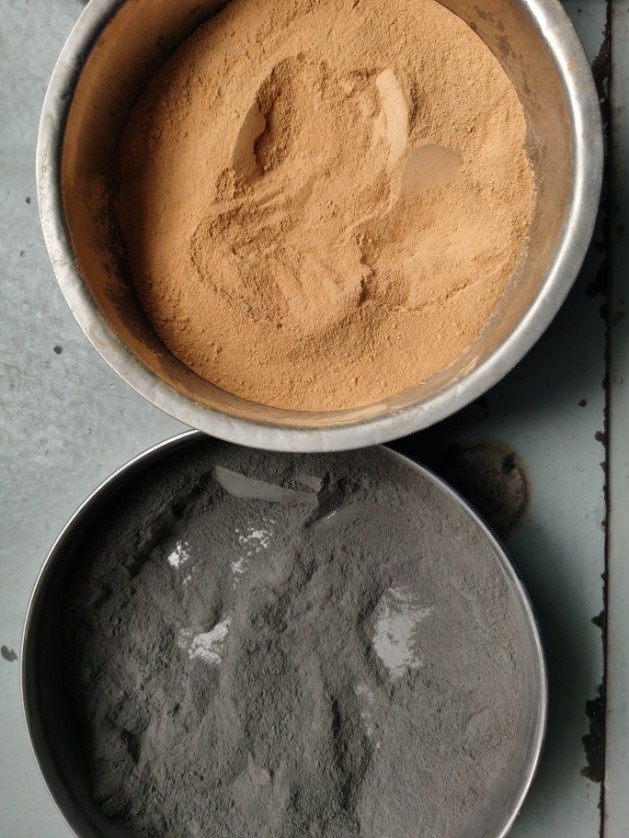
Image 3 Clay and bottom ash after milling
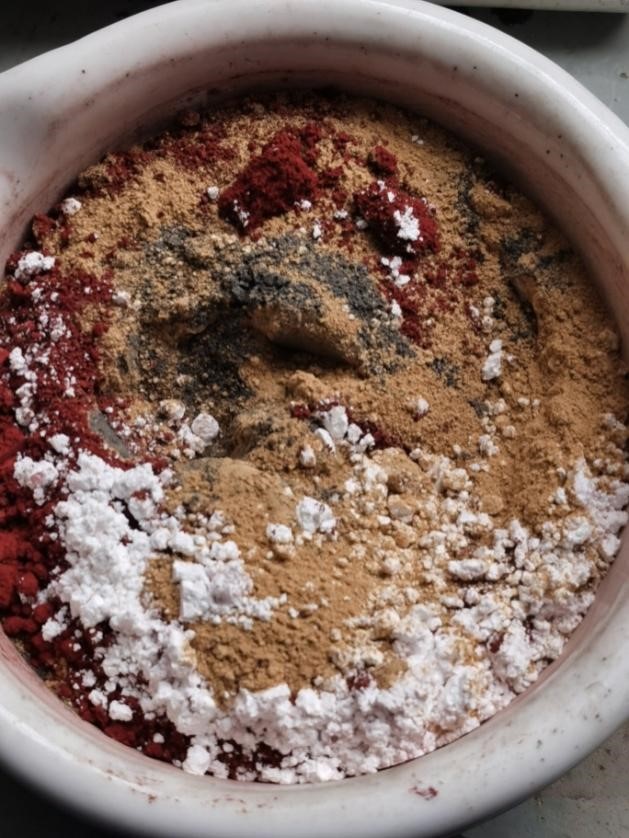
Image 4 Batching picture
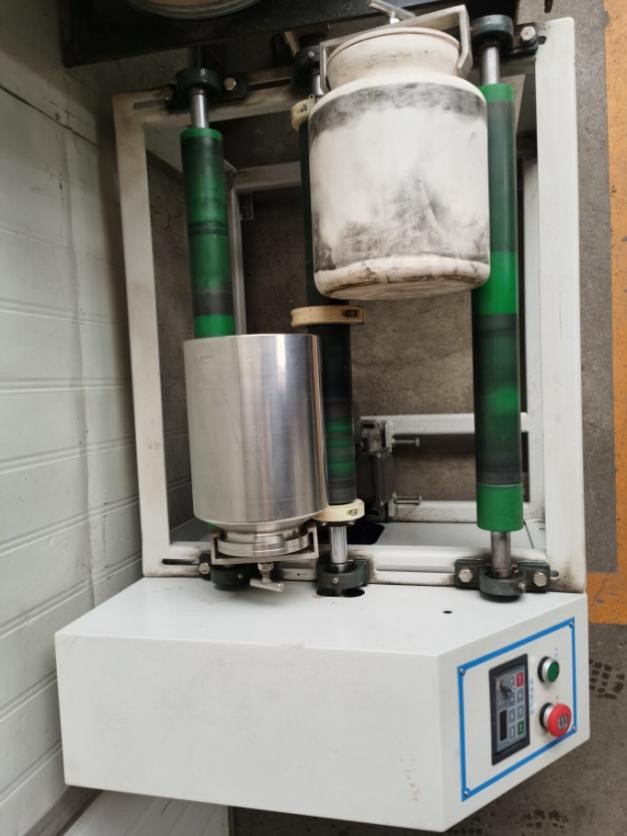
Image 5 Horizontal tank type ball mill
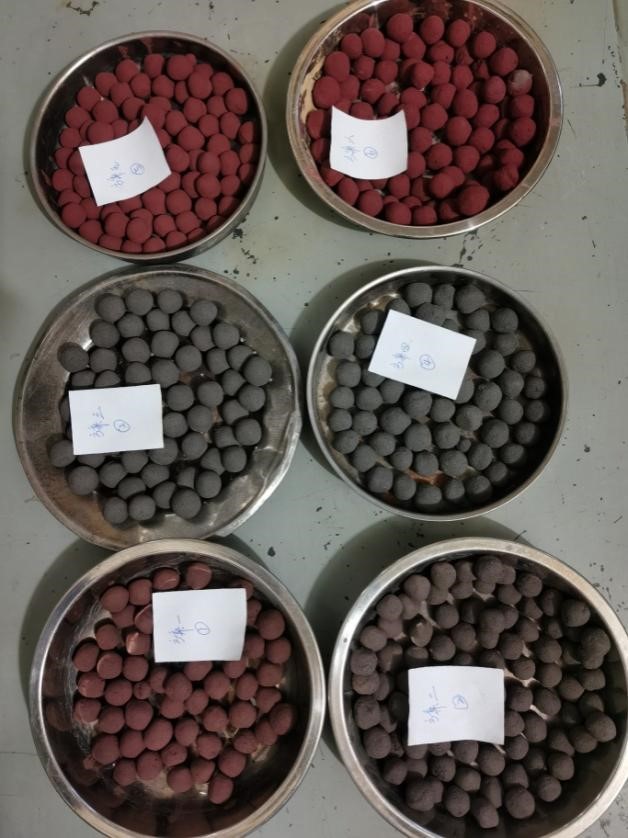
Image 6 The green balls with 6 formulas
4.TESTPROCEDURE
4.1 TEST EQUIPMENT
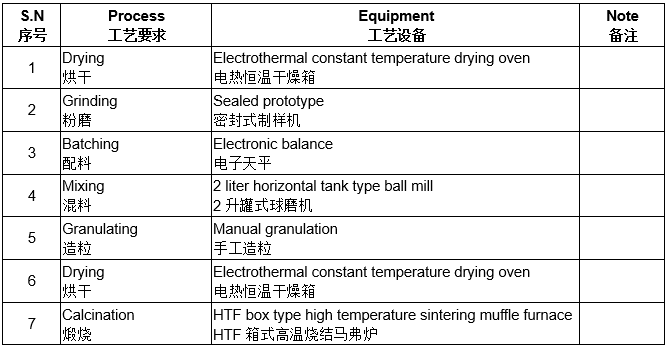
Formula 1
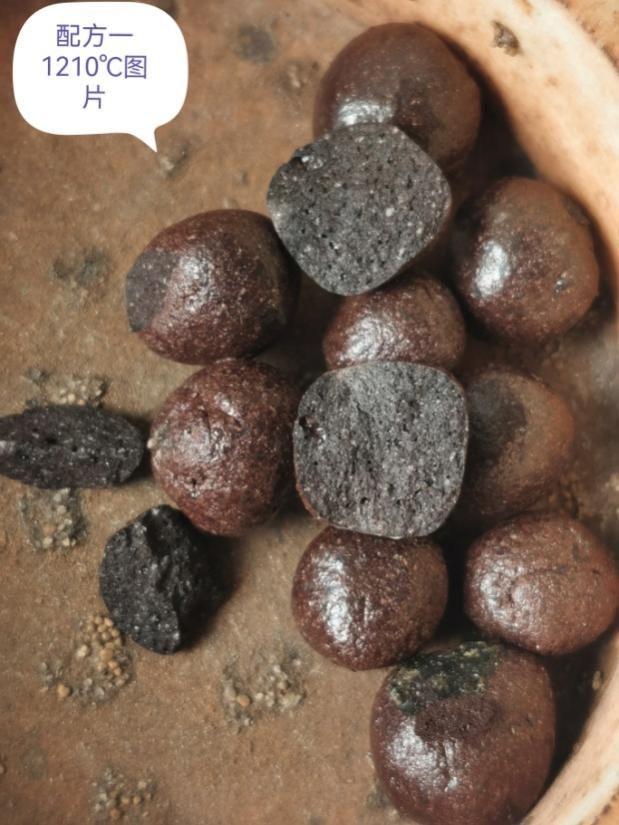
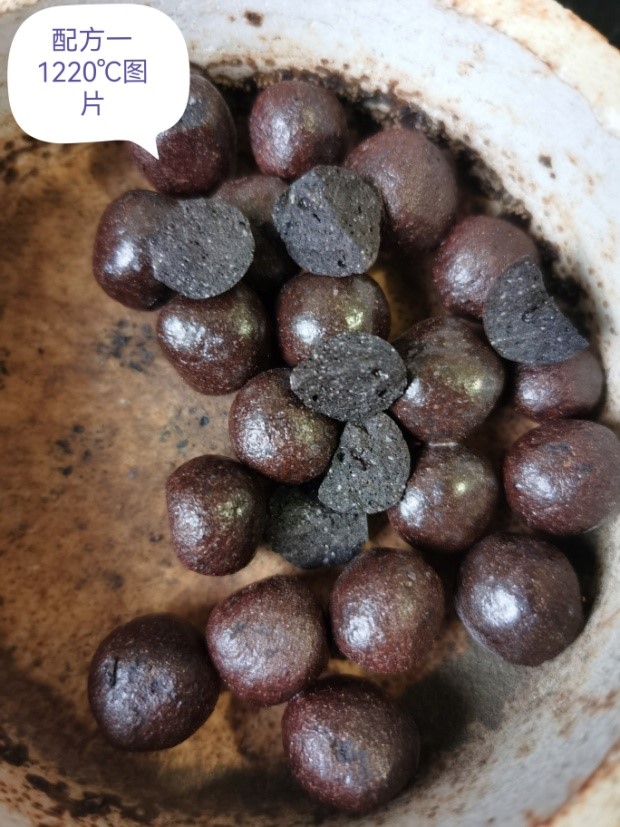
Formula 1: After calcination at two different temperatures
Formula 1: After the green ball are calcined at 1210℃, the ball appear slight adhesion. After calcination at 1220℃, the balls adhere to each other.
After calcination at both temperatures, the balls have no obvious expansibility. There are a small number of small gas holes inside the balls, the surface of the balls is smooth, and the strength of the balls is high.
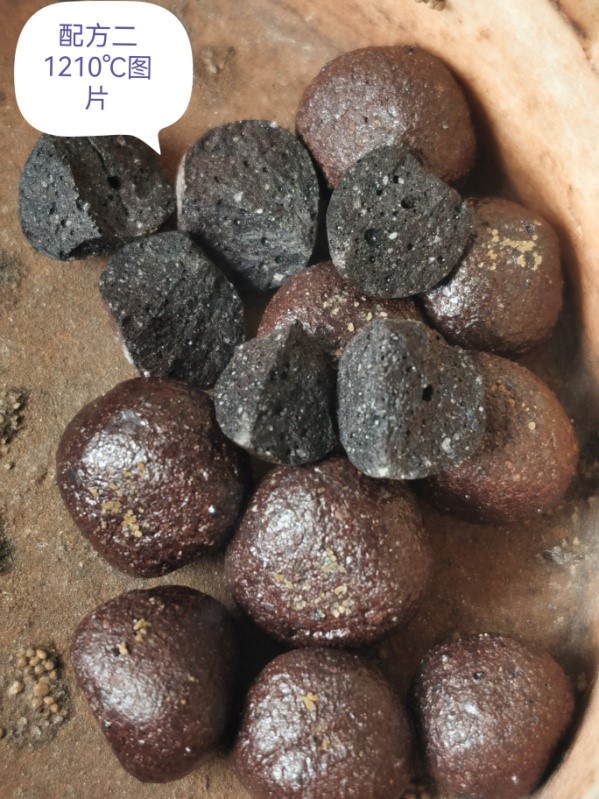
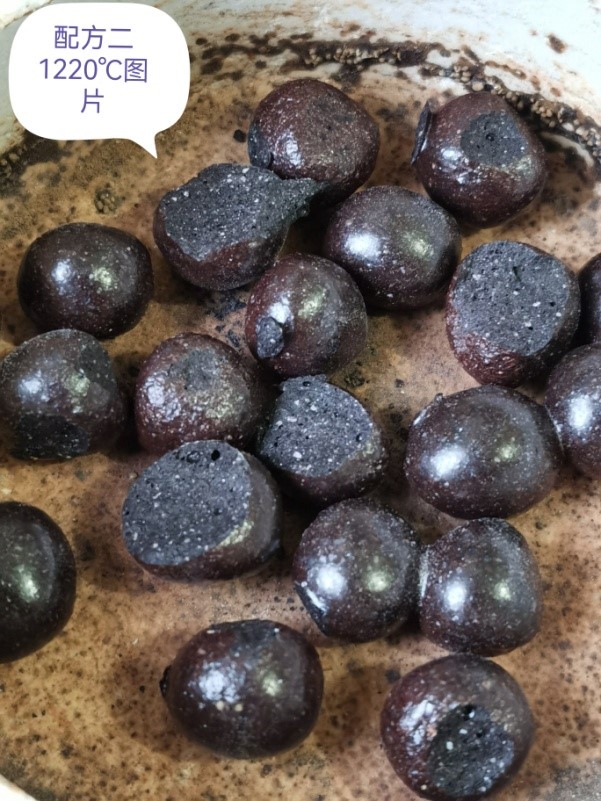
Formula 2 after calcination at two different temperatures
Formula 2: After calcination at 1210℃, the balls appear slight adhesion. After calcination at 1220℃, the balls adhere to each other, and the volume of the balls shrinks slightly. The balls in the two temperature have no obvious expansion, and the number of small gas holes in the material balls increase. The surface of the balls at 1220 ℃ is smooth and the strength of the balls is high.
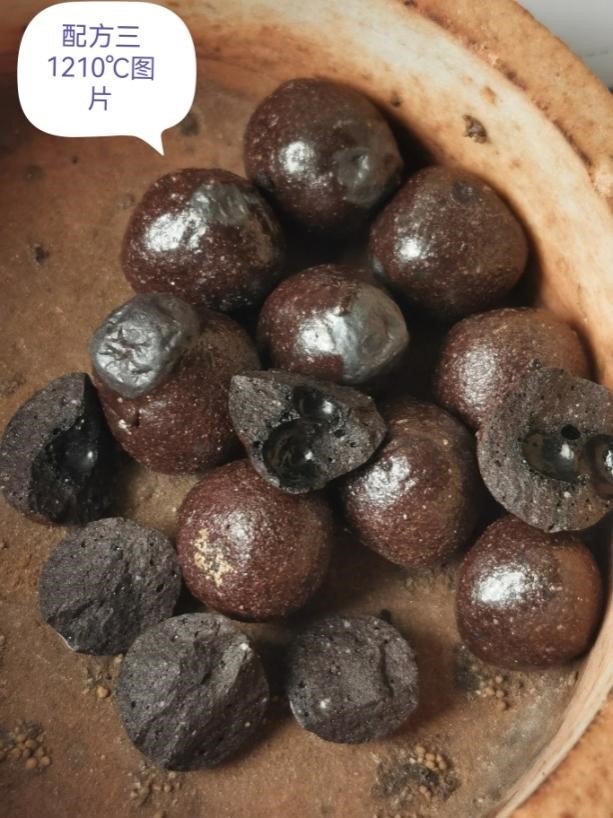
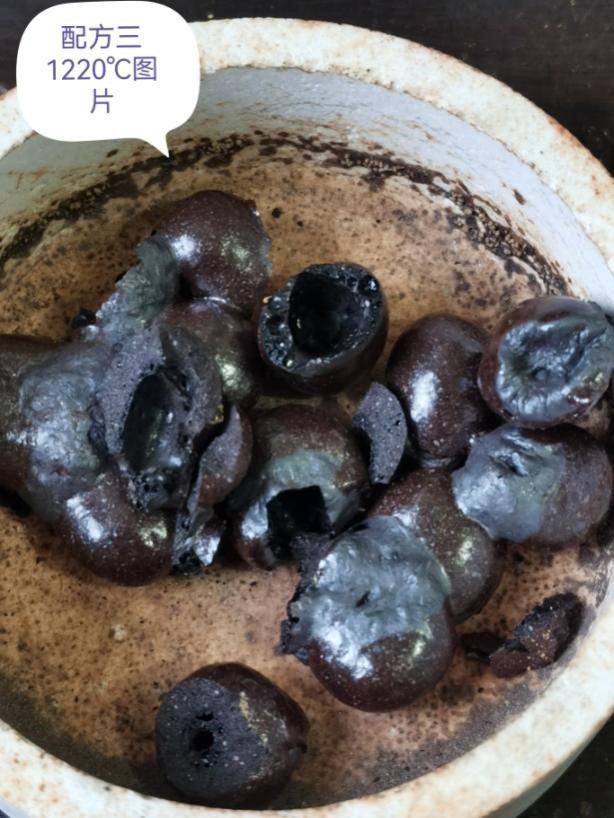
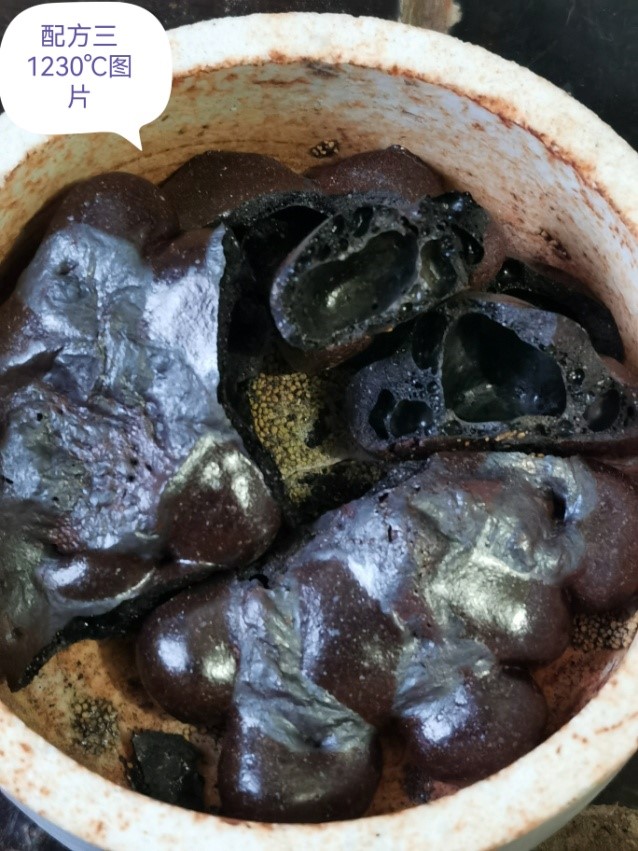
Formula 3 after calcination at three different temperatures
Formula 3: the balls expands slightly at 1210℃, adheres after expansion at 1220℃, and expands and adheres into flakes at 1230℃. The content of SiO2, Al2O3 and Fe2O3 in this formula is appropriate, but the content of calcium and magnesium is high, which is easy to adhere into pieces.
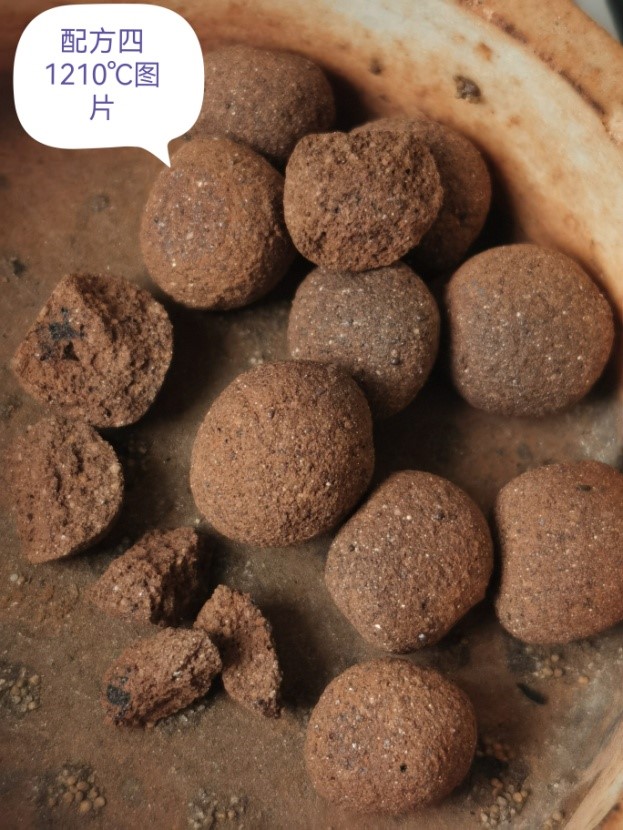
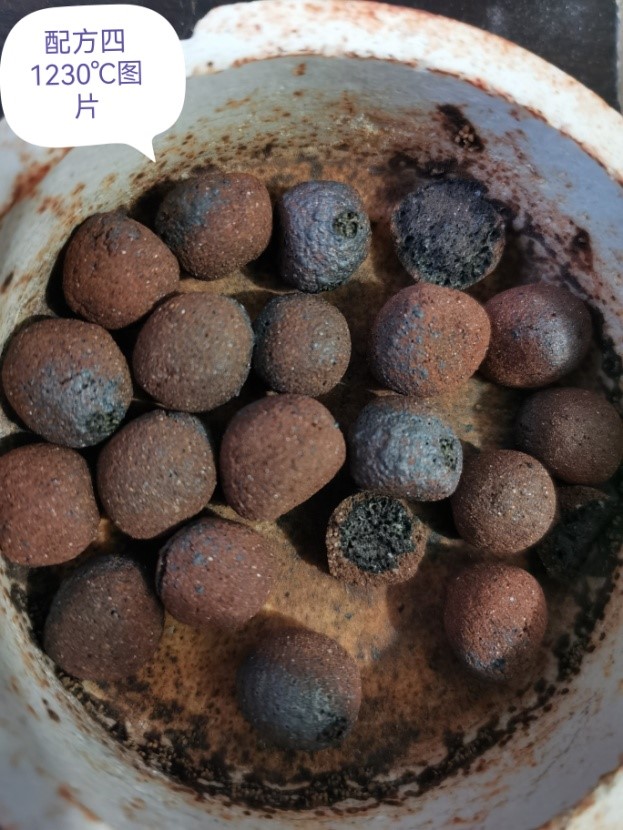
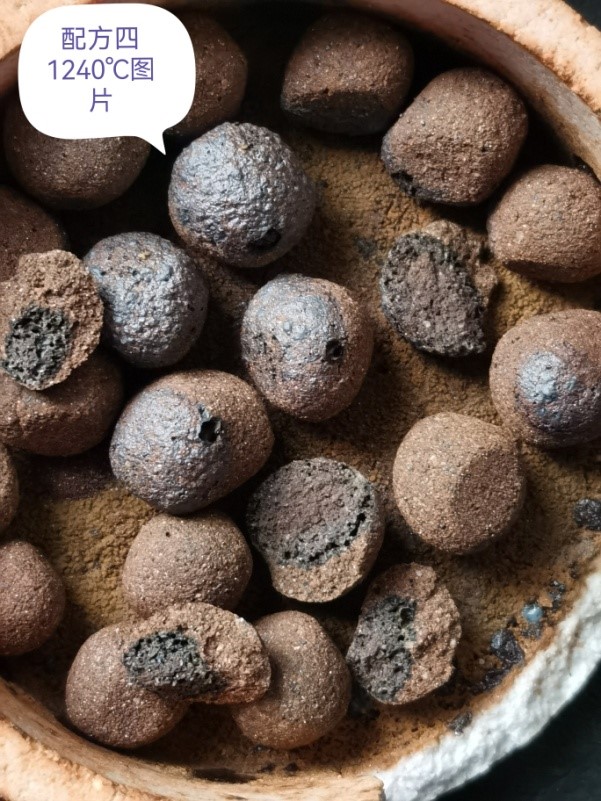
Formula 4 after calcination at three different temperatures
Formula 4: the ball has no sign of expansion at 1210℃, partial expansion at 1230℃ and partial expansion at 1240℃. The SiO2 and Al2O3 of this formula are slightly higher, the gas generation components and fluxing aid components are lower, and the calcination temperature is also higher.
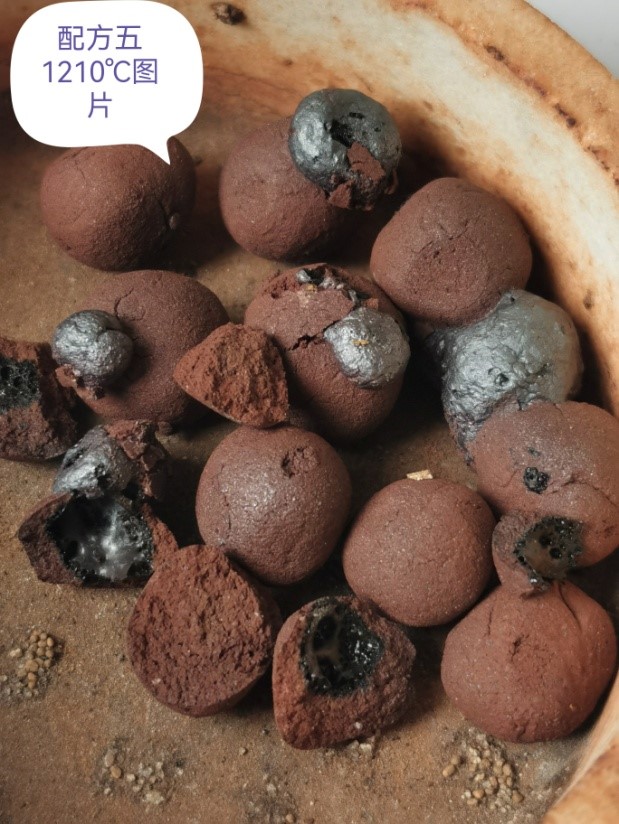
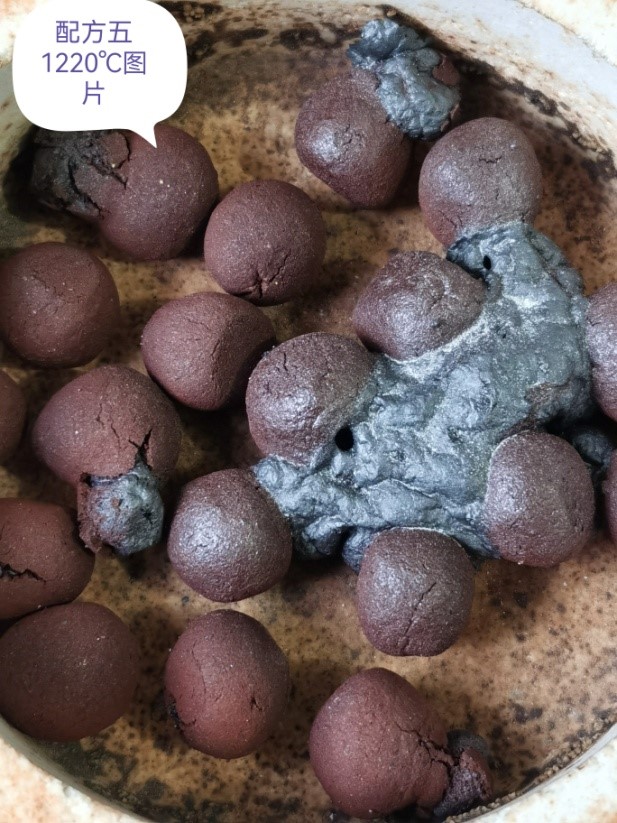
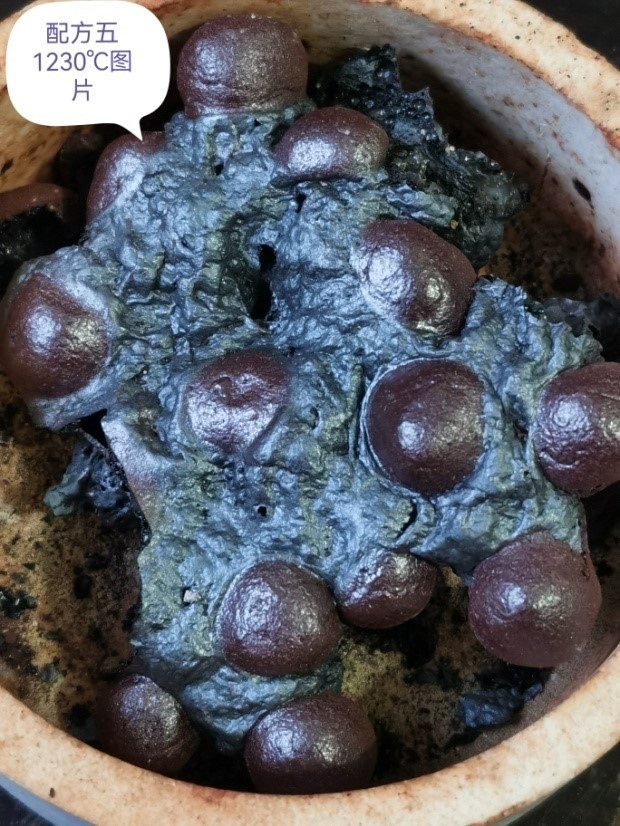
Formula 5 after calcination at three different temperatures
Formula 5: The expansibility is at 1210℃, local expansion and adhesion at 1220℃ and expansion and adhesion at 1230℃. There is no problem with the expansibility of this formula, but more gas generation components are added. This formula can be further optimized to reduce the total amount of Fe2O3 to 5.5-6%. It can be further verified that CaCO3 is not added first or the amount of CaCO3 is gradually reduced (the received 300g of such kind materials have run out and there is no more materials to test).
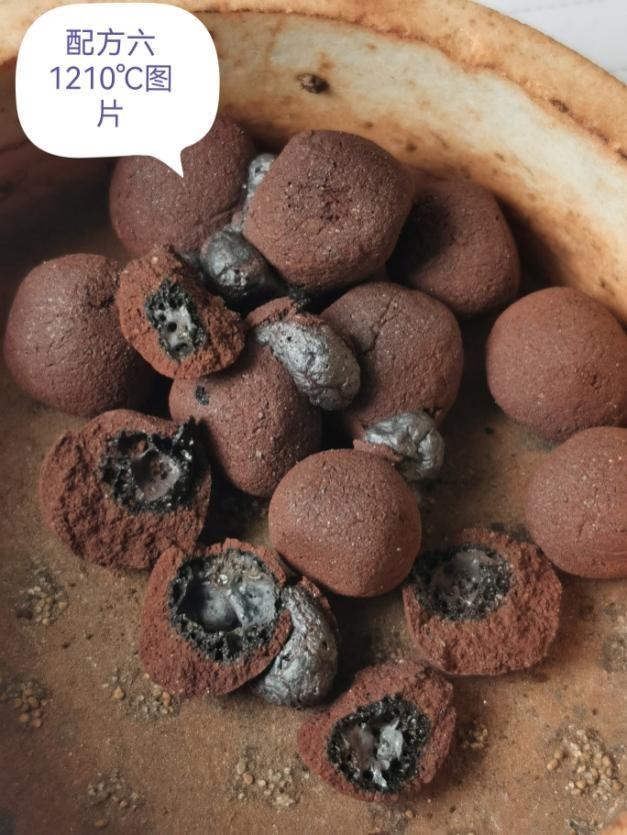
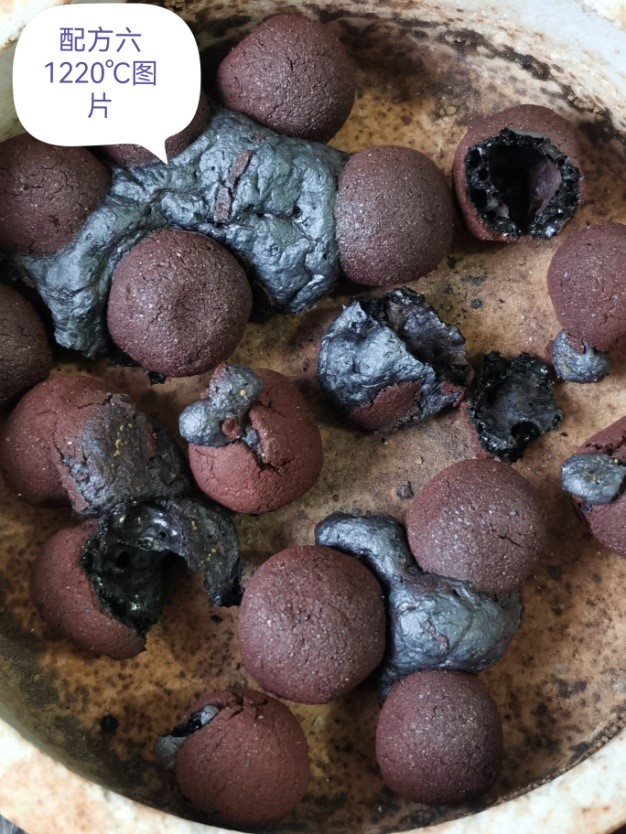
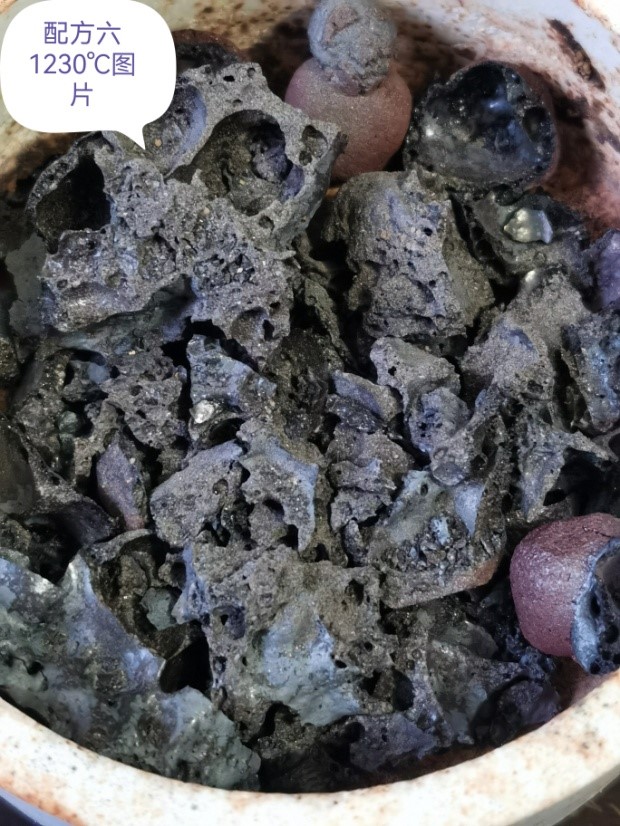
Formula 6 after calcination at three different temperatures
Formula 6: Partial balls expand and slightly adhere at 1210℃,. the balls expand fully and adhere obviously at 1220℃,. At 1230℃, the balls expand fully and adhere into flakes. This formula is basically similar to formula 5. There is no problem with the expansibility by adding more gas generation component. The formula can be optimized by referring to the formula 5.
5.TEST CONCLUSION
According to the testing results, the final product from formula 1 and formula 2 are suitable for sintered LECA (structural concrete) and water filtering materials.
In formula 3, 4, 5 and 6.the expansibility has appeared in the final product.
Formula 3 has expansibility, but the calcium content is high, the calcination temperature scope is narrow, and the balls are easy to adhere to each other;
Formula 4 also has partial expansion, but the calcination temperature is slightly higher, and the contents of gas generation components and fluxing aid components are lower;
Formula 5 and formula 6 have obvious expansibility, but the gas generation composition is too high.
Please input your inquiry in below form. We will reply you as soon as possible






“The first-class professional design services High quality products.”